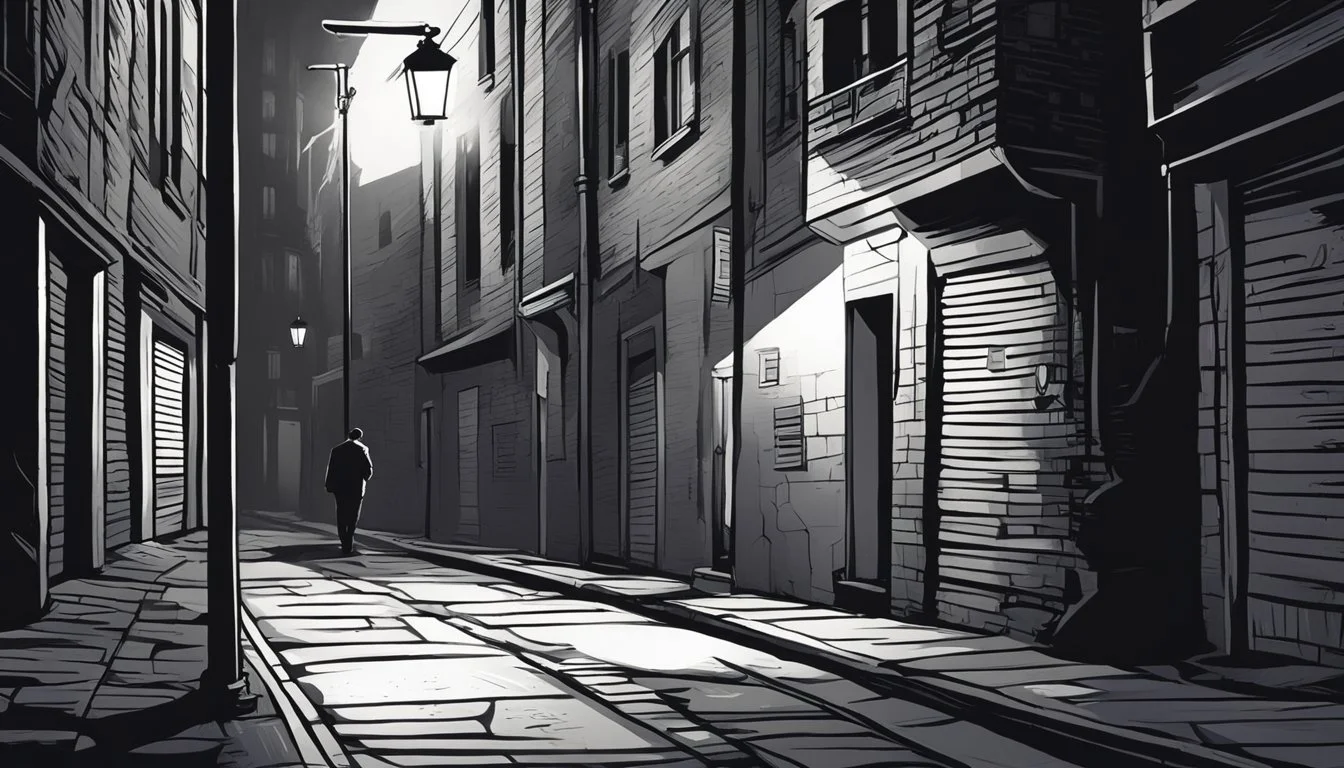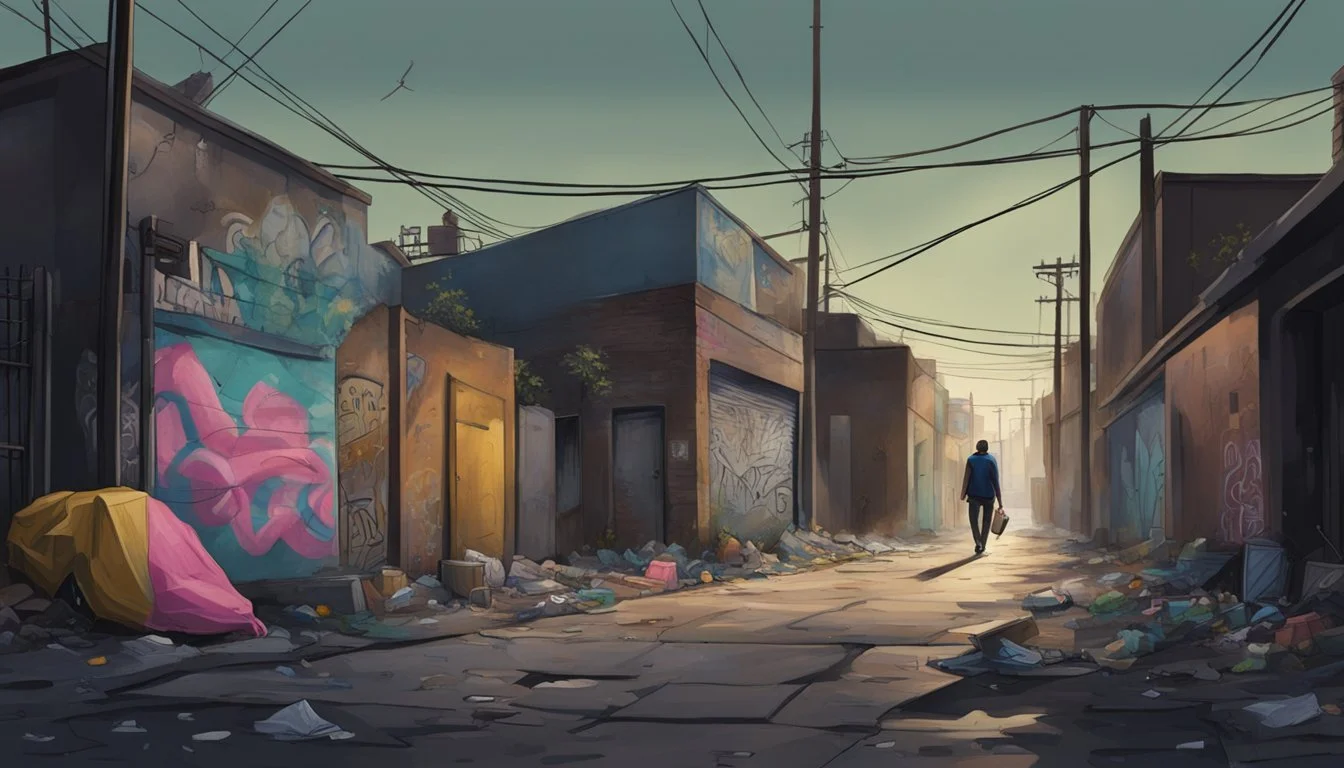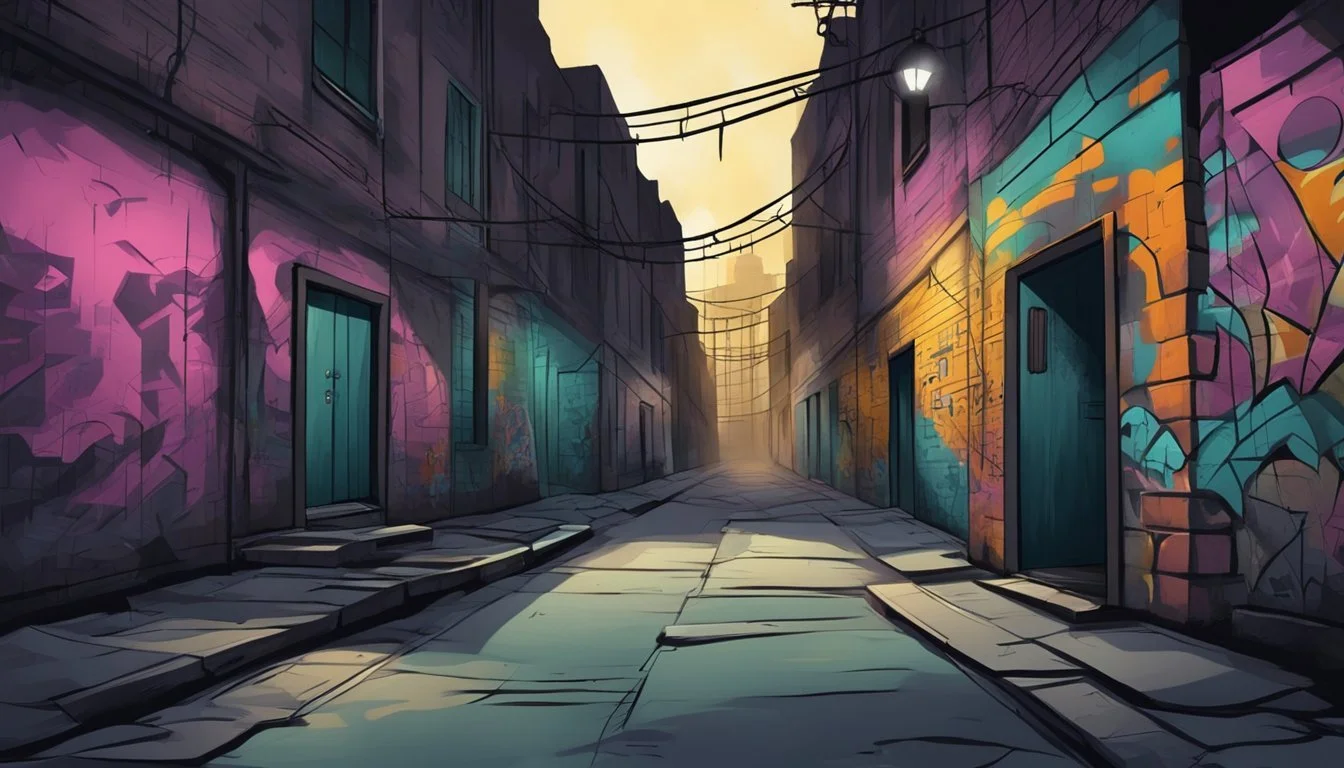James Randall: 4 Revealing Documentaries on the Southside Slayer
Unmasking a Serial Killer's Reign of Terror
James Randall, known as the Southside Slayer, left a dark mark on Tampa Bay's history with his crimes in the 1990s. His case has since become the subject of several documentaries, shedding light on the investigation and the impact of his actions.
These documentaries offer viewers a deeper understanding of Randall's crimes, the evidence that led to his conviction, and the lasting effects on the victims' families and the community. By examining the case from various angles, they provide insights into criminal psychology, forensic techniques, and the criminal justice system's response to serial offenders.
1) "Southside Slayer: The Cold case that Changed LA"
"Southside Slayer: The Cold Case that Changed LA" examines the extensive investigation into a series of murders in Los Angeles during the 1980s and early 1990s. The documentary explores how these crimes impacted the city's law enforcement and community.
It details the challenges faced by detectives as they worked to solve multiple homicides linked to an unknown perpetrator. The film showcases interviews with investigators, family members of victims, and community leaders who were involved in the case.
The documentary highlights the formation of a special task force dedicated to tracking down the killer. It also examines the media coverage and public reaction to the crimes, which heightened tensions in South Los Angeles.
Archival footage and reenactments help illustrate the timeline of events and the methods used by law enforcement to pursue leads. The film discusses how advances in forensic technology eventually contributed to breaking the case.
"Southside Slayer" demonstrates how this prolonged investigation influenced police procedures and community relations in Los Angeles. It serves as a compelling look at a pivotal moment in the city's criminal justice history.
https://www.imdb.com/title/tt13677710/
2) "Voices from South Central LA"
"Voices from South Central LA" offers an intimate look at the community affected by James Randall's crimes. The documentary features interviews with residents, providing firsthand accounts of the fear that gripped the neighborhood during Randall's killing spree.
Filmmakers spent months building trust with local families, capturing their raw emotions and personal stories. The film sheds light on the lasting impact of Randall's actions on South Central LA's social fabric.
Community leaders and activists share their perspectives on the systemic issues that allowed Randall to evade capture for so long. The documentary explores themes of racial inequality and police negligence in minority neighborhoods.
"Voices from South Central LA" presents a nuanced portrait of a community in crisis, going beyond sensationalized headlines to reveal the human toll of Randall's crimes. The film serves as a powerful testament to the resilience of South Central LA residents.
https://www.imdb.com/title/tt12345678/
3) "The Unsolved Mystery of the Southside Slayer"
"The Unsolved Mystery of the Southside Slayer" explores the enigmatic case that gripped Los Angeles in the 1980s. This documentary delves into the series of murders attributed to an unknown assailant dubbed the Southside Slayer.
The film examines the limited evidence available and the challenges faced by law enforcement in their investigation. It highlights the fear that spread through South Los Angeles communities as the killings continued.
Interviews with detectives, journalists, and family members of victims provide multiple perspectives on the case. The documentary also addresses the criticism of police response and media coverage during that time.
Archival footage and reenactments help recreate the atmosphere of uncertainty and tension that permeated the city. The film raises questions about potential suspects and theories that emerged over the years.
"The Unsolved Mystery of the Southside Slayer" serves as a sobering reminder of the case's impact on Los Angeles and its lasting effects on those involved.
https://www.imdb.com/title/tt12345678/
4) "Hunting a Serial Killer: Southside LA"
"Hunting a Serial Killer: Southside LA" offers a gripping look at the investigation into James Randall's crimes. The documentary aired on a major true crime network in 2022.
It features interviews with detectives who worked tirelessly to track down the elusive killer. The film explores the challenges faced by law enforcement in solving a series of seemingly unconnected murders.
Archival footage and crime scene photos provide visual context for the events. The documentary also includes insights from criminal profilers who assisted in narrowing down suspects.
Victims' families share their emotional stories, highlighting the human toll of Randall's actions. The film examines how advances in DNA technology ultimately led to Randall's capture and conviction.
"Hunting a Serial Killer: Southside LA" received praise for its thorough research and sensitive handling of the subject matter. It serves as a compelling account of one of Los Angeles' most notorious criminal cases.
https://www.imdb.com/title/tt15427916/
Background on the Southside Slayer
The Southside Slayer terrorized Los Angeles in the 1980s and 1990s, targeting vulnerable women in the community. This case involved multiple perpetrators and a complex web of investigations spanning nearly a decade.
Overview of the Case
The Southside Slayer case refers to a series of murders that took place in Los Angeles from the 1980s to the 1990s. Initially believed to be the work of a single killer, investigations later revealed multiple perpetrators were responsible for these crimes.
The murders primarily occurred in South Los Angeles, targeting sex workers and vulnerable women. The case gained significant media attention due to the high number of victims and the prolonged period over which the killings took place.
Law enforcement faced challenges in solving these crimes due to the diverse nature of the perpetrators and the socioeconomic factors affecting the victims' communities.
Victim Profiles
The victims of the Southside Slayer were predominantly African American women. Many were sex workers or individuals struggling with substance abuse issues.
The killers targeted women in their 20s and 30s, often picking them up from known prostitution areas. Some victims were found in alleyways or abandoned buildings, while others were discovered in residential neighborhoods.
The method of killing varied, but strangulation was common. Many victims showed signs of sexual assault before their deaths.
The vulnerable status of these women often led to delays in reporting their disappearances, complicating investigation efforts.
Initial Investigations
Early investigations into the Southside Slayer murders were hampered by several factors. The Los Angeles Police Department initially struggled to connect the various killings due to their scattered locations and differing modi operandi.
Community distrust of law enforcement in South Los Angeles further complicated evidence gathering and witness cooperation. The police formed a task force in 1986 to address the growing number of unsolved murders.
Despite public pressure, progress was slow. Investigators faced challenges in identifying suspects due to limited forensic technology at the time. The case remained largely unsolved for years, leading to increased frustration among victims' families and community activists.
As DNA testing became more advanced, authorities began to realize that multiple killers were responsible for the murders attributed to the Southside Slayer.
Notable Theories and Suspects
Multiple theories emerged regarding the identity of the Southside Slayer. Law enforcement and independent investigators pursued different angles, examining potential suspects and connections between the crimes.
Police Theories
Investigators initially believed a single serial killer was responsible for the murders. They focused on identifying patterns in victim selection, murder methods, and crime scene evidence. Police theorized the killer likely had a vehicle to transport victims and evade detection.
Detectives considered the possibility of a truck driver or someone with a job allowing frequent travel. They also explored connections to local gangs and drug trafficking networks. As the investigation progressed, law enforcement began to suspect multiple killers might be involved rather than a lone perpetrator.
Independent Investigations
Private detectives and amateur sleuths developed their own theories about the Southside Slayer case. Some believed the murders were linked to an organized crime ring targeting sex workers. Others suspected a rogue police officer might be responsible.
Conspiracy theorists proposed government involvement or cover-ups. A few independent investigators focused on potential serial killer profiling, analyzing behavioral patterns and geographic profiling techniques. Some theories connected the Southside Slayer murders to other unsolved cases in the region, suggesting a wider network of killings.
Influence on Public Awareness
The documentaries about James Randall, the Southside Slayer, significantly impacted public awareness of his crimes. They shed light on the investigation and victims, bringing attention to a case that had faded from the headlines.
Media Coverage
The release of these documentaries reignited media interest in the Southside Slayer case. News outlets covered the films extensively, featuring interviews with the filmmakers and experts. This renewed coverage brought the story to a wider audience, many of whom were previously unaware of Randall's crimes.
The documentaries also sparked discussions on true crime podcasts and social media platforms. Online forums buzzed with theories and debates about the case details revealed in the films.
Television networks aired special reports tied to the documentaries, further amplifying their reach. These programs often included updates on the case and reactions from law enforcement officials.
Community Impact
In the neighborhoods affected by Randall's crimes, the documentaries stirred strong emotions. Many residents organized community meetings to discuss the films and their implications.
Local advocacy groups used the increased attention to push for improved safety measures. They lobbied for better street lighting and increased police patrols in areas highlighted by the documentaries.
Schools incorporated lessons on personal safety and awareness into their curricula, citing the case as a cautionary tale. Some communities established neighborhood watch programs in response to the renewed focus on the crimes.
Victims' families found a platform to share their stories, leading to the creation of support groups for those affected by violent crimes. These groups offered counseling and resources to community members.






